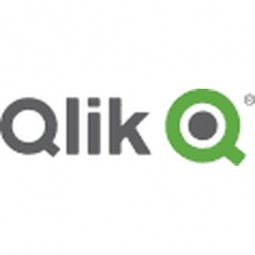Qlik
Case Studies
QlikView Customer Snapshot – VIP Auto
Overview
 |
QlikView Customer Snapshot – VIP AutoQlik |
Analytics & Modeling - Real Time Analytics | |
Automotive | |
Sales & Marketing Business Operation | |
Real-Time Location System (RTLS) Supply Chain Visibility | |
Data Science Services | |
Operational Impact
| Gained ability to synthesize data from multiple systems for integrated analysis, reporting and information sharing | |
| Moved from green-bar and spreadsheet reporting to real-time operational scorecards with ability to identify operational issues and track progress against them | |
| Increased visibility throughout organization, including data views matched to the specific needs of each of end user | |


